
7 Must-Have Supplies for Your First Hunting Trip
Are you looking to get kitted out for your first hunting trip? Well, you’re not the only one! The average hunter spends around $2,500 on hunting equipment every year.
For good reason too.
After all, you’re out in the wild for extended periods of time. You cover large distances over an array of terrain, in all kinds of weather. You’re stalking potential prey and handling lethal weapons the entire time.
It’s imperative that you have the right gear to facilitate a safe, comfortable, and effective hunt.
The tricky bit for a newbie, though, is knowing what you actually need! Want some help deciding what to take? You’re in the right place.
Keep reading to learn about 7 key pieces of kit for your first time hunting.
1. Weapon of Choice
Having a weapon is what separates hunters from hikers. You’re not just heading out into the great outdoors for a casual jaunt! You’re there to catch and kill your dinner.
Generally speaking, your choice of weapon will be between a bow and a rifle.
Rifle hunting’s the simpler, cheaper, and more popular option- especially for newbies. You can take down big game from a distance, with less physical effort to boot.
Using a bow takes far more time to master. You have to get closer to your prey (think 40 yards or less) and be a crack shot to bring it down. Yet you also get the satisfaction that comes from the skill involved and a longer season in which to hunt.
Many bowhunters will take their rifle on a hunt as well, though. There’s nothing stopping you from doing the same (assuming your hunting gear budget stretches far enough).
2. Hunting Apparel
The clothes on your back are all important too.
You need camo-apparel that’s waterproof, comfortable to wear, hardy, and appropriate for the climate. To pick wisely, consider the time of year, the weather forecast, how long you’ll be on the hunt, and what you’ll be hunting.
Spare socks, camo-pants or shorts, under-layers, mid-layers, warm vests, waterproofs, and coveralls are all possible items to wear/take along. A camouflage head net and pair of gloves could also come in handy if you plan on getting up close and personal with your prey.
Our top advice? Make sure whatever apparel you buy is high-quality and well-made. When you’re outside in awful weather, you’ll be pleased you paid a little extra for better quality.
3. Sturdy, Waterproof Boots
Your favorite sneakers might be great for walking around the local mall. But they’re less than ideal when you’re trekking long distances over rough terrain for days at a time.
For that, you need a quality pair of sturdy, comfortable, and waterproof boots. They’ll protect your ankles, prevent painful blisters (wear them in beforehand!), and keep your feet dry if the heaven’s open. All told, your life on the hunt will be ten-time easier.
Try to avoid budget boots though. A better pair will cost more upfront, but they’ll last longer and feel more comfortable too (that’s invaluable on a long hunt).
4. Durable Backpack
Don’t underestimate the value of a rugged, durable, waterproof backpack either.
Remember, all your equipment, including spare clothes, food, water, and shelter, will be on or inside it. You’ll be wearing the pack for days at a time; hauling it through adverse environments every step of the way.
You can’t afford for it to break, let water in, be unbalanced on your back or uncomfortable to wear. Like the boots on your feet, any issues can make your life on the hunt an absolute misery. Find a backpack that’s well made, an appropriate size, offers good back support and has all the straps and compartments you could ever need.
5. Binoculars
A hunter without binoculars may as well go home! Why?
Because you need to scope out the territory and scour the horizon for signs of possible prey. Only then can you create a plan of action and get started with the stalk. Without binoculars, you’re relying on guesswork and good fortune; going in a particular direction through instinct as opposed to evidence.
You could even buy a pair with night-vision capabilities. That way, you aren’t limited to daylight hours. You can search for distant movement in the darkness as well.
6. Two Way Radio
Are you going hunting with friends? Well, having a set of two-way radios will always be useful- and fun! You can go your separate ways and still remain in contact.
There’s a crucial safety element here as well. Having two-way radios means you can verify your positions when lining up a kill and ensure nobody gets caught in the line of fire.
Aim to buy the best two way radio for hunting possible. That way, you’ll never have to worry about being out of range, suffering unexpected issues, or struggling with a lack of channels.
7. Headlamp
Don’t forget your headlamp either! It’ll be invaluable when the sun goes down and you’re setting camp, cooking dinner, and making a shelter.
An ordinary flashlight’s better than nothing. But the hands-free nature of headlamps makes them better suited to the task. With both hands available, everything you do in the darkness will be far easier.
Remember These Supplies for Your First Hunting Trip
There’s nothing more exciting than the thrill of your first hunt.
However, passion and anticipation can only take you so far. Enjoying a safe and successful hunt hinges on being prepared for the task ahead.
Getting the requisite hunting gear together is easier said than done when it’s your first hunting trip though. With no direction or prior experience, it can be hard to know what you actually need!
We hope this post has helped out in this regard. Keep the suggestions in mind and you’ll be geared up and ready to go hunting in no time! Would you like to read more articles like this one?
Search ‘hunting’ on the website now.

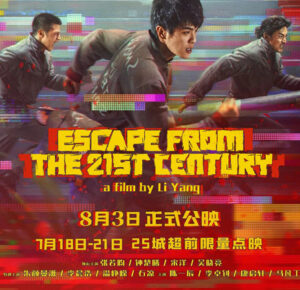
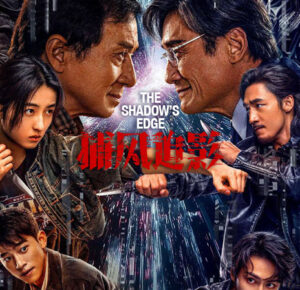
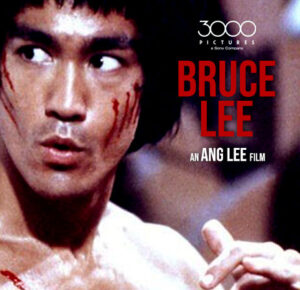
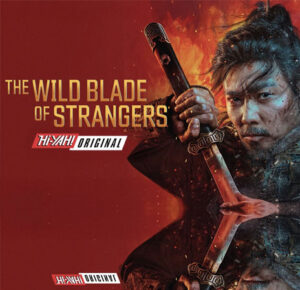
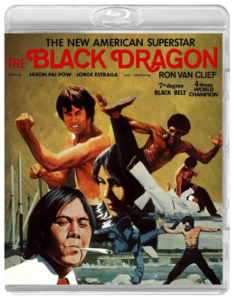
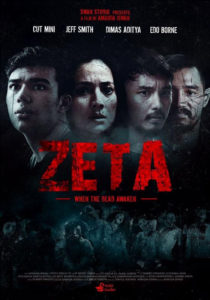

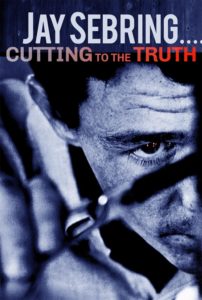
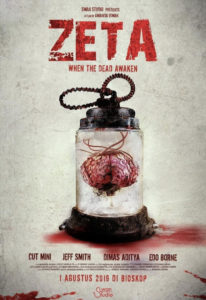

 What’s the most common reason people visit their doctor?
What’s the most common reason people visit their doctor?

 In the eyes of a casino, all gamblers are equal. So figuring out the best way to spend your hard-earned money is how you can put your best foot forward when walking through those casino doors.
In the eyes of a casino, all gamblers are equal. So figuring out the best way to spend your hard-earned money is how you can put your best foot forward when walking through those casino doors.
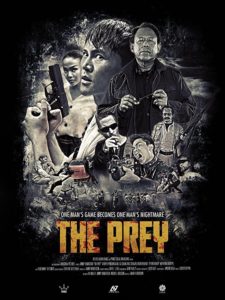





1 Comment